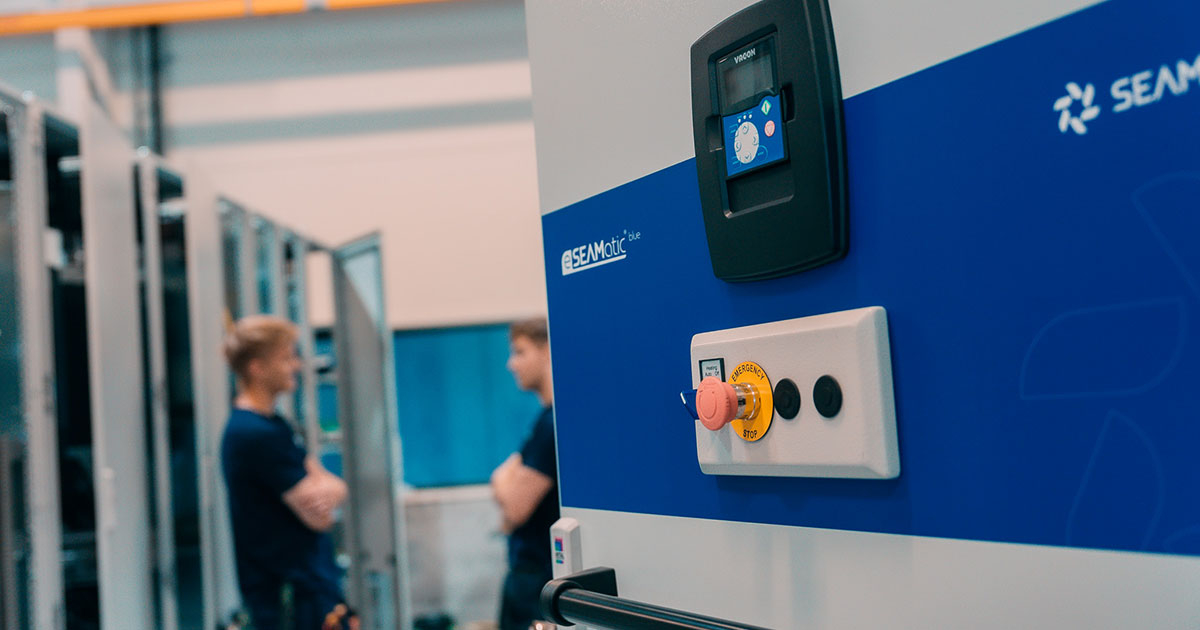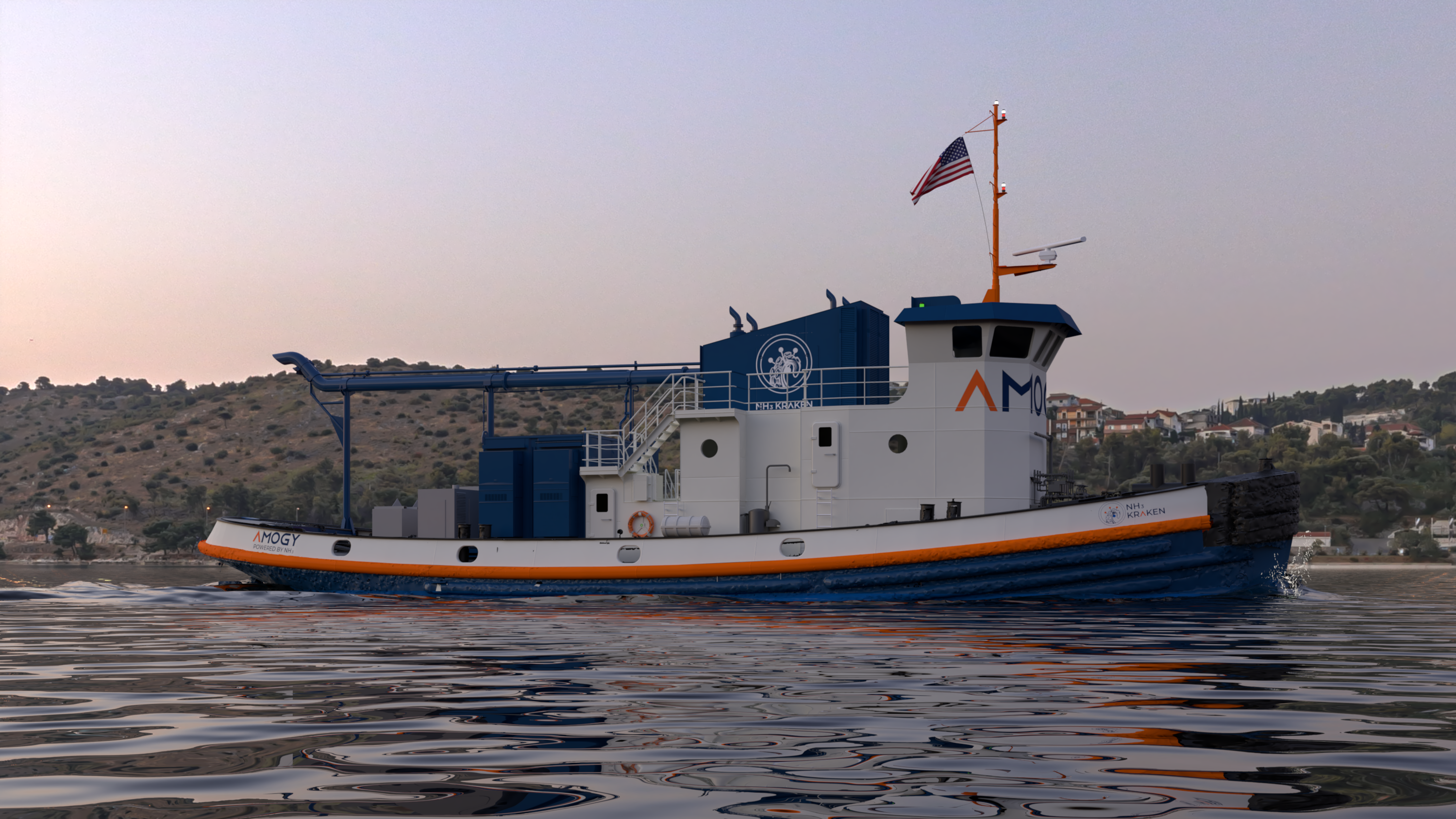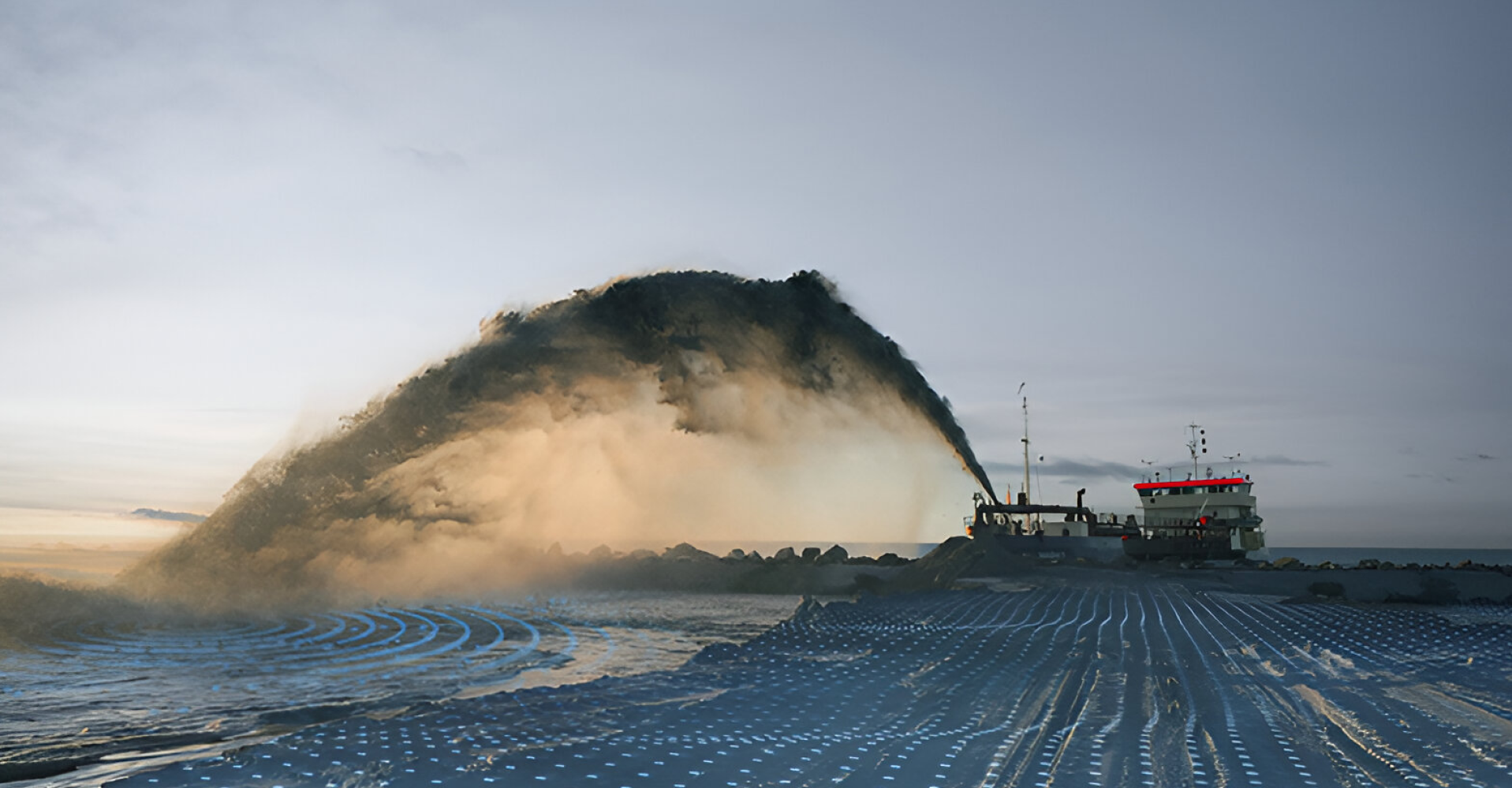SEAM’s Innovative Low- and Zero-Emission Technology Goes Global

With deliveries to over one-third of the Norwegian ferry fleet and over twenty years of experience developing energy-efficient technology, SEAM is one of the leading system providers for the maritime industry. For the past few years, the company has been introducing its technology to the international market and is now delivering its systems to ship owners all over the world.
The demand for hybrid and fully electric systems is palpable.
Going International
With their impressive reference list of hybrid and fully electric solutions to Norwegian ferry and offshore vessel owners, SEAM has in the past few years worked on introducing their power and automation technology to segments in the EU, UK, Scandinavia, and the US. Today, they can showcase multiple system deliveries to ship owners in Denmark, Iceland, the Faroe Islands, the US, Finland, and even Taiwan.
"Norway has made significant progress in improving energy efficiency and reducing emissions in its fleet, particularly with ferries and offshore vessels. Our estimates reveal that together with our customers, we have contributed to the reduction of over 220,000 tonnes of CO2 so far. We’re excited to see shipowners in Scandinavia, Europe, and North America exploring our solutions for their existing vessels and new builds, and we are very proud to be their partner in this green transition,” says CEO of SEAM, Gunvald Mortvedt.
Not all of SEAM’s international system deliveries are necessarily hybrid or fully electric solutions, but there are several exciting low- and zero-emission projects currently in the works with ship owners and partners from all over the world. One of these projects includes the implementation of alternative fuels, and another represents a new vessel segment for the company.
Collaboration with AMOGY: Ammonia-to-Hydrogen Powered Tugboat

Illustration of the NH3 Kraken. (Image credit: Amogy Inc.)
In 2022, SEAM teamed up with American company AMOGY to develop the world’s first ammonia-to-hydrogen-powered tugboat. This project, which combines AMOGY’s ammonia-to-power technology with SEAM’s automation platform, DC-switchboards, as well as safety and control systems, aims to showcase AMOGY’s ammonia-to-power technology in a maritime setting. The system is currently being installed at Feeney Shipyard in Kingston, NY, and the demonstration of the tugboat is set to take place during the summer of 2024.
Partnership with Rohde-Nielsen: Hybridization of Dredging Vessels
Earlier this year, Danish company Rohde-Nielsen partnered with SEAM for the hybridization of two dredging vessels. These projects, which represent a new segment for SEAM, aim to reduce emissions and increase efficiency in Rohde-Nielsens dredging operations.
Rohde-Nielsen has a long history of implementing measures to reduce its carbon footprint. By integrating the e-SEAMatic® BLUE hybrid solution on their vessels, the company will reduce CO2 emissions and optimize operations even further.

(Image credit: Rohde-Nielsen)
Seeing is Believing
With stricter environmental regulations and government subsidies being introduced both in the EU and North America, ship owners outside of Norway are looking to optimize their vessels for a more energy-efficient future.
The EU-funded program, Horizon Europe, is the world’s largest research and innovation program with a budget of EUR 95.5 billion. As much as 35% of the budget is dedicated to climate objectives. In the USA, the Inflation Reduction Act has allocated substantial funding for clean energy initiatives, which are now taking shape.
But, beyond these initiatives, there are several compelling benefits of hybrid and electric operations that are becoming increasingly evident. Fuel and maintenance savings, improved energy management and performance, as well as reputational benefits are becoming more apparent with each new vessel being either built for or converted to low- and zero-emission operations.
Consequently, more shipowners are turning to system developers and integrators who have experience with electric and hybrid solutions for new and existing vessels, hoping to find a safe and efficient route to increased energy efficiency and reduced emissions. As an energy source-agnostic solutions provider, SEAM’s automation and energy systems are well-positioned to meet the demands of these markets.
“Our job is to provide future-oriented shipowners with the systems and solutions that will enable their green transition in a safe and efficient way. To do this, we invest considerable time and energy in research and development—such as the integration of hydrogen fuel cells, ammonia-to-power systems, data utilization, and autonomy. In doing so, we can provide shipowners with important knowledge about what the future of maritime technology looks like and what they can do to prepare for that future,” explains Mortvedt.

